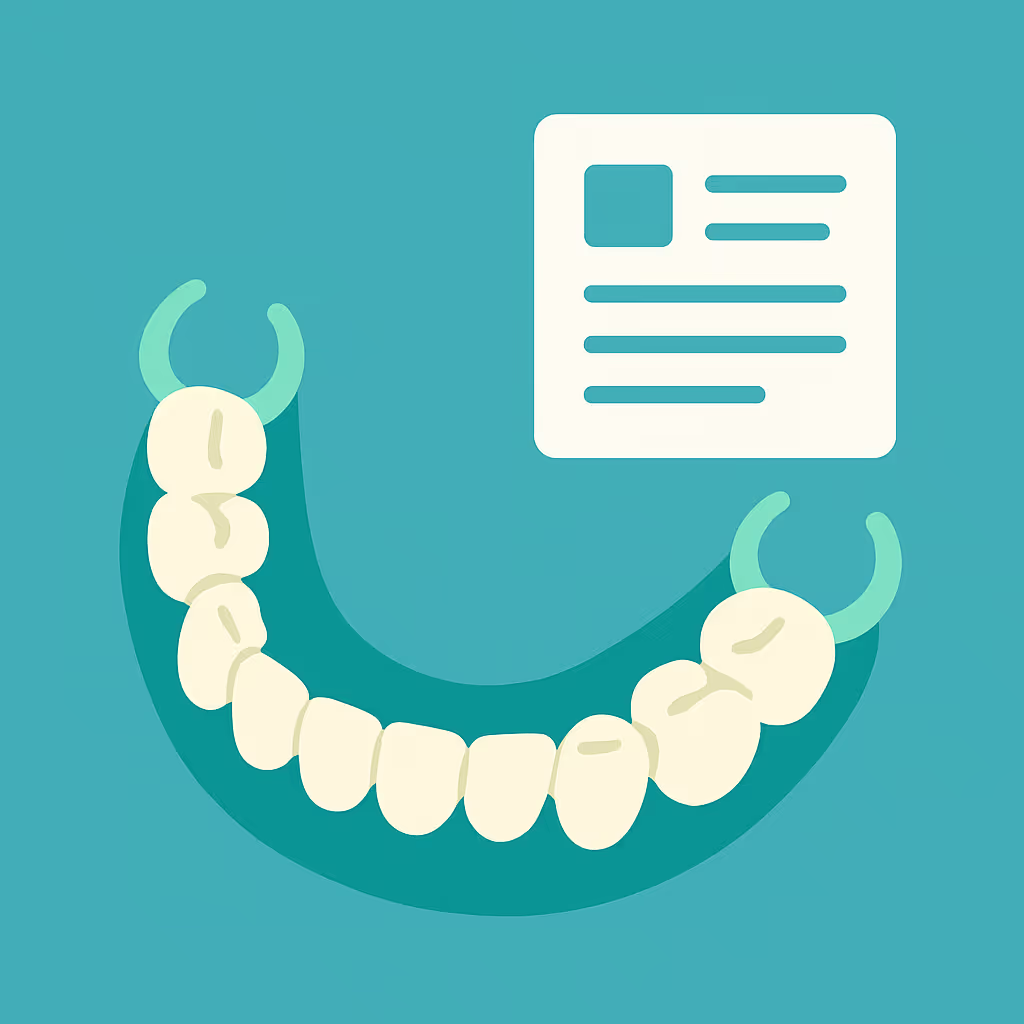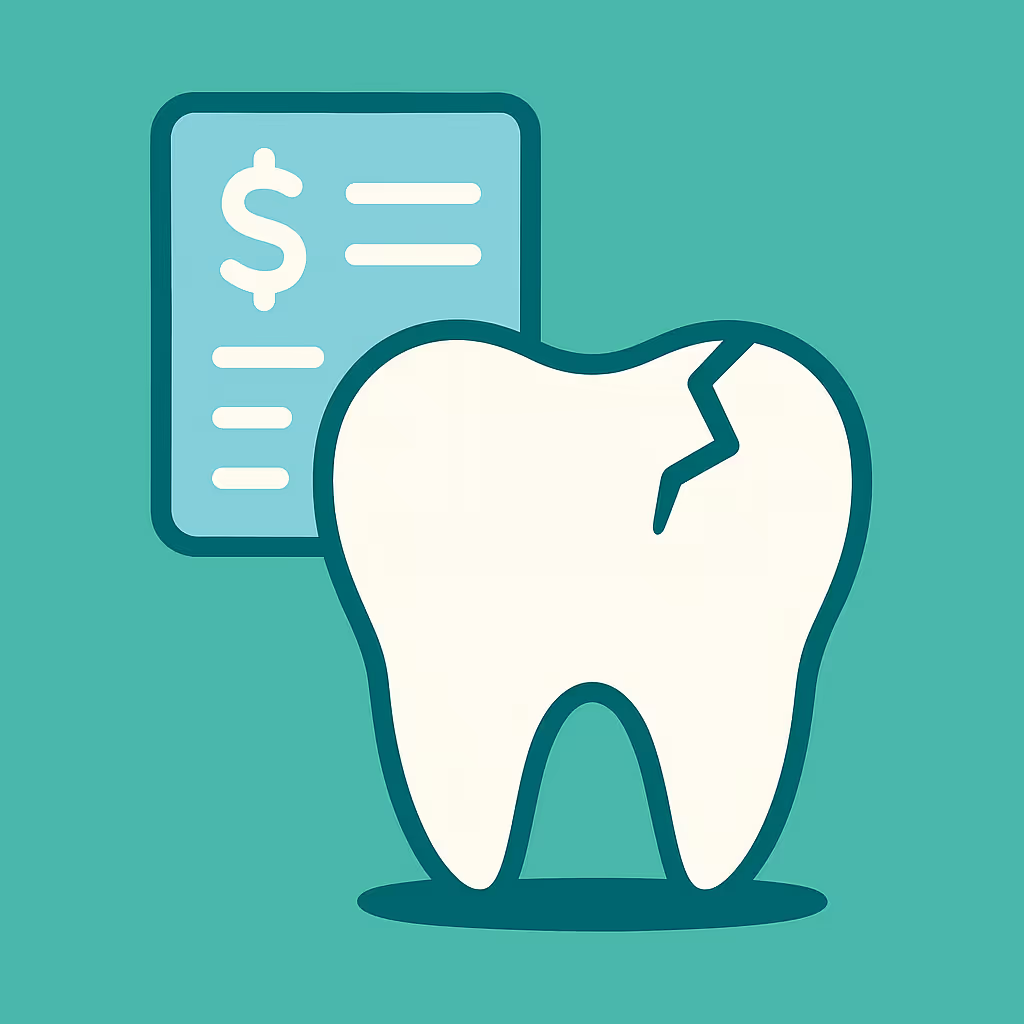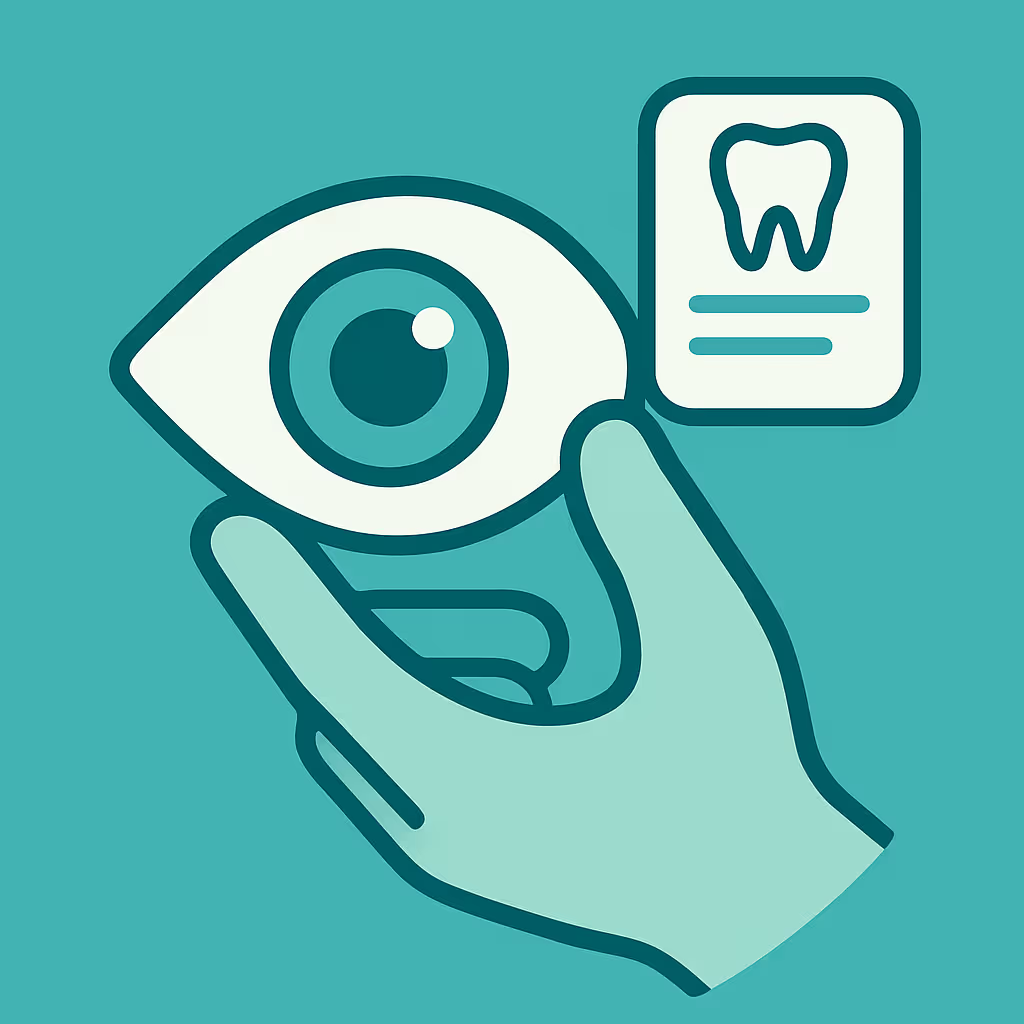Understanding Dental Code D5929
When to Use D5929 dental code
The D5929 dental code is designated for the replacement of a facial prosthesis. This CDT code is specifically used when an existing facial prosthesis—such as a nasal, auricular, or orbital prosthesis—requires replacement due to wear, damage, or changes in the patient’s anatomy. It is not intended for the initial fabrication of a prosthesis; for that, refer to the appropriate initial placement code. Dental offices should use D5929 only when the clinical documentation clearly supports the necessity for replacing, not repairing, the prosthesis.
Documentation and Clinical Scenarios
Accurate documentation is essential for successful billing of D5929. The clinical record should include:
- A detailed narrative explaining why replacement is needed (e.g., prosthesis no longer fits due to tissue changes, material degradation, or trauma).
- Photographs or intraoral scans showing the condition of the existing prosthesis and the patient’s current anatomy.
- Provider notes outlining the patient’s medical and dental history relevant to the prosthesis.
- Any correspondence with the referring physician or specialist, if applicable.
Common clinical scenarios for D5929 include patients who have undergone additional surgery, experienced significant weight loss/gain, or whose prosthesis has reached the end of its functional lifespan. Always verify that the replacement is medically necessary and not simply for cosmetic updates.
Insurance Billing Tips
Billing for D5929 requires a proactive approach to maximize reimbursement and minimize denials:
- Pre-authorization: Always submit a pre-authorization request with supporting documentation before proceeding. Many insurers require prior approval for prosthesis replacements.
- Attach supporting evidence: Include clinical photos, detailed narratives, and any relevant diagnostic images with your claim submission.
- Use correct modifiers: If the payer requires modifiers to indicate replacement versus initial placement, ensure these are included.
- Review EOBs: Carefully review Explanation of Benefits (EOBs) for denial reasons. If denied, prepare a thorough appeal with additional documentation as needed.
- Coordination of benefits: For patients with dual coverage, coordinate benefits to ensure proper sequencing and maximize payment.
Staying up-to-date with payer policies and regularly training your billing team on CDT code updates can help streamline the process and reduce Accounts Receivable (AR) days.
Example Case for D5929
Consider a patient who received a nasal prosthesis following surgical resection for cancer. Two years later, the patient returns with complaints of poor fit and discomfort. Clinical evaluation reveals significant tissue remodeling and deterioration of the prosthesis material. The dental provider documents these findings, captures intraoral scans, and submits a pre-authorization request with a detailed narrative and photos. Upon approval, the replacement is fabricated and delivered. The claim is submitted using D5929, accompanied by all supporting documentation, resulting in prompt reimbursement.
By following best practices in documentation and billing, dental offices can ensure appropriate use of D5929 and optimize revenue cycle outcomes for complex prosthetic cases.





